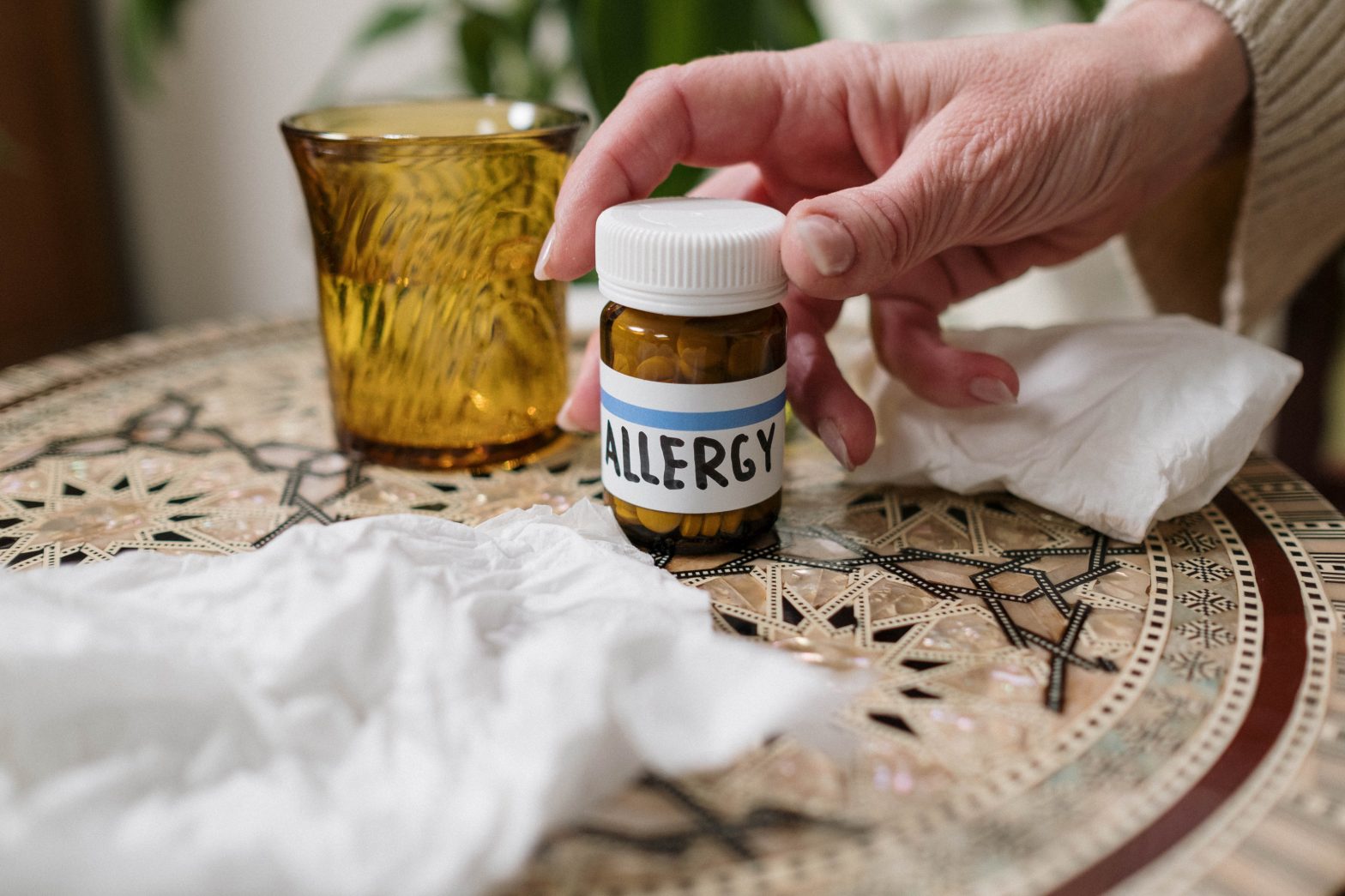Allergic Reactions Demystified: Unraveling Common Allergens
“Allergic” has evolved into a ubiquitous health concern worldwide, impacting millions of individuals across the globe. The United States is no exception to this trend, as its diverse landscape and cultural amalgamation have introduced a wide array of common allergens that people need to navigate.
This comprehensive exploration aims to enhance understanding of these allergens, spanning from food allergies to environmental triggers, emphasizing the crucial role awareness and preventive measures play in managing Allergies. By delving into some of the most prevalent allergies in the country, this discourse seeks to shed light on the significance of informed management strategies.
Pollen: The Bane of Springtime
Pollen, an infamous allergen, plagues many Americans, especially during the spring and early summer months. It is predominantly released by trees, grasses, and weeds, contributing to allergic reactions in susceptible individuals. The symptoms triggered by pollen exposure include sneezing, runny noses, itchy eyes, and exacerbated asthma. To mitigate these symptoms during allergy seasons, it’s essential to monitor pollen counts and adopt precautionary measures that minimize exposure.
Food Allergens: A Culinary Challenge
Food allergies are a significant concern for a substantial portion of the US population. Among the most common food allergens are peanuts and tree nuts, with peanut allergies recognized as particularly severe and potentially life-threatening. Cross-contamination and hidden sources of nuts in foods necessitate careful label reading and thoughtful dining-out choices for those with nut allergies.
Dairy allergies, often leading to gastrointestinal discomfort and skin reactions, have been impacted by the rise of dairy-free alternatives, which have made it easier for individuals to avoid milk-containing products. Seafood allergies, triggered by proteins in shellfish and certain fish species, require meticulous menu selection and communication with restaurant staff.
With the US heavily relying on wheat-based products, wheat allergies, and the separate condition of celiac disease (involving severe gluten intolerance) pose substantial challenges. Additionally, soy-derived ingredients hidden in processed foods make diligent ingredient label reading crucial for individuals with soy allergies.
Dust Mites: Invisible Intruders
Microscopic dust mites, ubiquitous in bedding, upholstery, and carpets, are significant allergen sources. Their droppings and body fragments induce symptoms like sneezing, coughing, and itching. Regular cleaning, allergen-proof covers, and humidity level control are crucial in minimizing exposure to these allergens.
Mold Spores: The Hidden Threat
Mold proliferates in damp environments and releases spores into the air, triggering allergic reactions in susceptible individuals. Common sources include bathrooms, kitchens, and basements. Effectively countering mold requires proper ventilation, indoor humidity reduction, and prompt addressing of water leaks.
Insect Stings and Bites: A Stinging Concern
Insect stings or bites can prompt severe allergic reactions, known as anaphylaxis. Bees, wasps, fire ants, and certain caterpillars commonly trigger these reactions. Individuals with known allergies often carry epinephrine auto-injectors to manage potential life-threatening responses.
Pet Allergens: Furry Friends and Hidden Hazards
While pets are beloved companions, they can introduce allergens into homes. Pet dander, minute skin flakes shed by cats, dogs, and other animals, is a pervasive allergen source. Even animals labeled as “hypoallergenic” can produce dander and other allergenic proteins. Reducing exposure to pet allergens necessitates regular grooming, vacuuming with HEPA filters, and establishing pet-free zones at home.
Environmental Allergens: Urban Challenges
Urban environments present distinctive allergenic challenges. Air pollution, including fine particulate matter and vehicle emissions, can exacerbate allergic reactions. Industrial pollutants and chemicals in urban areas can worsen respiratory symptoms in sensitized individuals. Monitoring air quality and using air purifiers are beneficial strategies in urban allergy management.
Latex Allergy: Beyond Medical Settings
Latex, a natural rubber material, can elicit allergic reactions in certain individuals. Beyond healthcare settings, latex is present in everyday items like rubber bands, balloons, and some clothing. Individuals with latex allergies must exercise caution and opt for latex-free alternatives when necessary.
Allergic Conjunctivitis: The Eye Irritant
Exposure to allergens like pollen, pet dander, and dust mites can lead to allergic conjunctivitis, causing red, itchy, watery eyes. Preservative-free lubricating eye drops, avoiding eye rubbing, and wearing sunglasses outdoors can help alleviate these symptoms.
Medication Allergies: Unexpected Reactions
Although medications aim to alleviate health issues, they can sometimes induce allergic reactions. These reactions range from mild skin rashes to severe anaphylactic responses. Effective communication of known drug allergies with healthcare providers and vigilance regarding new medications in treatment plans is essential.
Conclusion: A Holistic Approach to Allergy Management
The multifaceted challenge of allergies within the diverse US landscape necessitates comprehensive awareness and proactive measures. From seasonal pollen nuisances to the complexities of food and environmental allergens, a strategic approach is imperative.
Engaging in open dialogue with healthcare professionals, adopting allergen-reduction strategies, and staying informed about advancements in treatment empower individuals to lead healthier lives despite allergies. Promoting understanding and support for those with allergies can foster a more inclusive society. By embracing the diversity of allergy experiences, we collectively work towards minimizing their impact and promoting overall well-being for everyone.
In this journey, education, empathy, and innovation play pivotal roles in reducing the burden of allergies on individuals and society as a whole.














